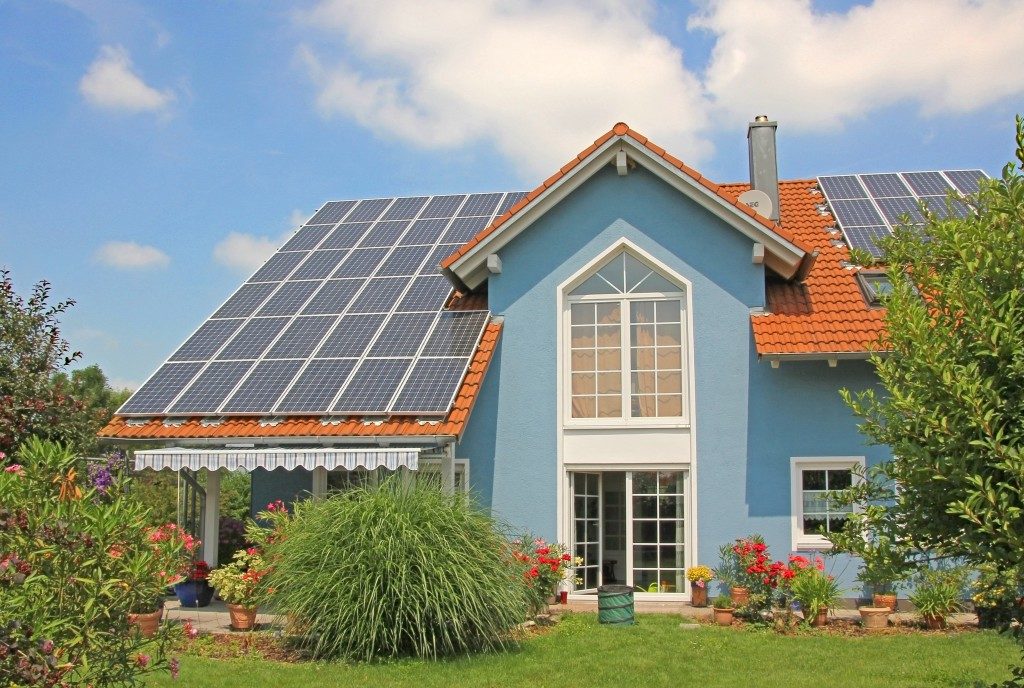With the cost of new housing in the UK seemingly rising all the time, you might consider living in an older home for affordability. However, old properties can incur higher energy costs. If you’re going to take up residence for the long term, here are some quick ways to retrofit your home for better energy efficiency.
Windows
Your home could be losing from 30-50% of the energy required for temperature control through the windows alone, especially in older properties. If you’ve just escaped the cramped and expensive housing situation in central London for a charming old house in Bromley, those period-style sash windows are a prime target for double glazing to reduce thermal transfer and start saving on energy costs.
Insulation
Many older homes have a building envelope which deals with heat and moisture differently compared to modern builds. New designs can reduce the heat loss in key areas such as the roof (up to 25%) and walls (up to 35%). Loft insulation is less expensive and a good place to start saving up to £130 annually, while a solid wall or cavity wall insulation could save up to twice that amount each year.
Sealing
Having draughts and small holes in your structure can lead to significant heat loss that’s hard to quantify in older buildings precisely – but you’ll feel its effects when you’re next to a poorly-sealed window or door. Draught-proofing strips and sealant are a common DIY solution for these gaps. You should also find a means of covering your chimney if you don’t use the fireplace; consult with a professional if necessary.
Ventilation

Many solutions for driving down energy costs in older houses around the UK are focused on heating, and these generally result in an airtight environment. In this scenario, moisture control and indoor air quality become a concern. To keep your home comfortable while still minimizing costs, an energy recovery ventilation system is recommended – it exchanges stale indoor air for fresh air from the outside, while recovering energy trapped in the moisture.
Appliances
If you moved into a home with many older appliances already installed, you could be saddled with inefficient features without quite realizing it. Modern appliances are built to meet increasingly strict standards of energy efficiency, and an upgrade can represent hundreds of pounds’ worth of cost savings in just the first year. Boilers, refrigerators, washing machines, and clothes dryers are among the most energy-intensive appliances; make the switch if necessary, and stop old appliances from incurring extra expenses.
Thermal curtains
You already know that drawing the curtains during the winter will keep heat inside, but thermal curtains take this a step further. Not only do they have thick insulated material to trap heat more effectively, but they can be just as useful in the summer months by keeping cool air inside. Since they are easy to maintain and inexpensive to install, they make a perfect complement to energy-saving windows.
Usage controls and practices
Smart practices can be the easiest and most cost-effective way to start reducing your energy expenses. A programmable thermostat can adjust your temperature automatically to meet the actual needs. Regular maintenance of gutters and drains prevents the buildup of moisture which can lead to cold and damp conditions. These are just some of how better daily behaviour can lead to improved efficiency.
With these methods, you can easily enjoy living in an older property while saving on energy costs, and without compromising on comfort.

